VERTICAL FOCUS: Luxury/High-Value Products
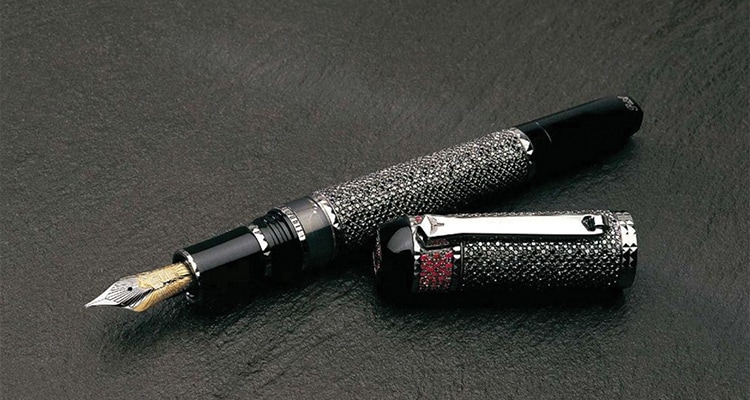
The world’s most expensive fountain pen, Fulgor Nocturnus by Tibaldi, was sold for $8 million at an auction in Shanghai in 2010. The pen includes 945 black diamonds and 123 rubies. It has 16 clips above the small button on the cap and a golden nib for durability. Only one exists in the entire world.
The Write Stuff
Sales figures for high-end writing instruments are higher than they have been for 10 years, according to a recent report released by Selfridges, London’s luxury department store.
Research backs it up: A study by The Insight Partner finds the market for exclusive writing instruments is growing by an average of 5% per year and is expected to grow by another 40% by 2028.
If you’re ready to trade in your Flair, Waldmann has launched two fountain pen editions that enclose original writings by Agatha Christie (38 pens) and Arthur Conan Doyle (23 pens). Both editions were developed in cooperation with luxury brand Sekrè, a company that specializes in integrating original artifacts into luxury goods. The price of the fountain pens in each edition is $21,000.
Gold Gets Green
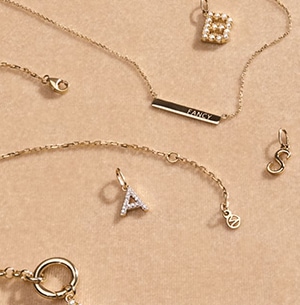 Jewelry supply chains have long been plagued by environmental and socioeconomic challenges and many brands are now addressing these issues.
Jewelry supply chains have long been plagued by environmental and socioeconomic challenges and many brands are now addressing these issues.
For example, luxury jeweler Mejuri has partnered with Regeneration, a new remining initiative from RESOLVE that works to simultaneously mitigate environmental harm caused by past mining, support biodiversity and habitat rehabilitation of mine sites, and support the production of fine jewelry and energy-transition technologies using recaptured “waste” materials from mines.
Regeneration—a restoration and remining startup social enterprise—arose in response to the legacy of damage created by past mining for fine metals and jewels. When left untreated, “legacy” or formerly active mines, as well as abandoned mines, can pollute sensitive watersheds and damage ecosystems and native species. Mejuri will dedicate $1.5 million to support the ecological restoration of legacy mines through remining.
This initiative follows a circular model: First, Regeneration and its partners will extract valuable minerals from the tailings— byproduct materials left over once minerals have been extracted—as well as waste rock and water. While these are typically treated as waste, tailings can contain significant minerals and metals that can be used to create jewelry responsibly and sustainably.
Earnings from sales of those materials will then go back to the mining sites to fund habitat restoration and closure activities, including at legacy and abandoned mine sites. Eventually Mejuri will sell jewelry made from Regeneration gold.
Psycho Bunny Hops to Visibility Solution
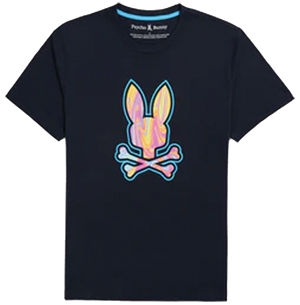 Luxury brands are not immune from supply chain challenges. Consider Psycho Bunny, a luxury clothing brand known for its playful and colorful designs and high-quality products. The company’s fragmented systems did not provide real-time inventory visibility, resulting in stockouts and lost sales, added costs, and shipping delays.
Luxury brands are not immune from supply chain challenges. Consider Psycho Bunny, a luxury clothing brand known for its playful and colorful designs and high-quality products. The company’s fragmented systems did not provide real-time inventory visibility, resulting in stockouts and lost sales, added costs, and shipping delays.
Psycho Bunny searched for a solution to unify inventory management and streamline order fulfillment while offering a positive omnichannel experience to their customers. The brand needed a system that would enable ship-from-store functionality and fulfill orders directly from their 60+ store locations without inventory complications or delays.
The search led Psycho Bunny to Deposco’s store inventory fulfillment solution, Bright Store. Deposco implemented Bright Store across 60+ stores in six months. With the brand’s first store live in three months, Psycho Bunny was shipping more than 62,000 orders while reducing processing time for orders sourced from its distribution center from 2 to 5 days to less than 48 hours out of the stores.
The software gives Psycho Bunny real-time visibility into inventory across all of their stores, with room to grow seamlessly. The ship-from-store functionality creates a scalable process for fulfilling orders directly from Psycho Bunny’s store locations with reduced order fulfillment time, increased customer satisfaction and loyalty, and brand growth through a unified omnichannel experience.
U.S. Sits in the Lap of Luxury
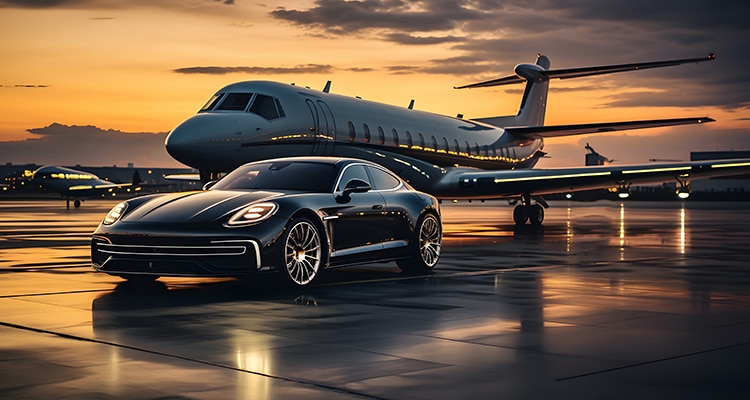
Here are the top 10 luxury items in the United States (in no particular order):
1. Cars
2. Designer handbags
3. Fine jewelry
4. Watches
5. Private jets
6. Yachts
7. Homes
8. Designer clothing
9. Fine art
10. Vacations
Fake It Til They Take It
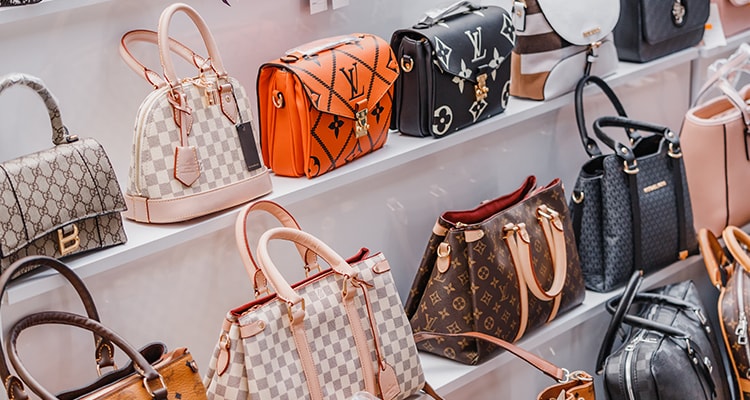
“The largest-ever seizure of counterfeit goods in U.S. history” went down in November 2023 when federal prosecutors seized more than 200,000 counterfeit handbags, clothes, and other luxury items worth $1.03 billion.
Two men, who were both arrested, used a Manhattan storage facility as a distribution center for massive amounts of knock-off designer goods. They also trafficked through a second offsite location also in Manhattan.
“The counterfeit market is a significant problem not just for luxury fashion brands and the dilution of their trademarks’ values, but also for consumers and society at large as many counterfeit products are produced in oppressive labor environments and without any adherence to ecological production methods (if implemented by brands),” says Douglas Hand, fashion lawyer and partner at Hand Baldachin & Associates.
Moving Some Money Around
Choosing the specific mode for transporting high-value items depends on the item being shipped, the distance it needs to travel, and the shipper’s budget.
The top transportation modes for moving high-value luxury items:
- Armored trucks are typically equipped with bulletproof glass, security cameras, and alarms to deter theft.
- Secure courier services use a variety of security measures, such as tamper-evident packaging, GPS tracking, and armed escorts, to protect the goods in transit.
- Air freight is the fastest transportation mode, making it ideal for transporting high-value items that need to arrive quickly. However, it is also the most expensive mode.
- Hand carry may be the only option for the most valuable items, such as priceless jewelry or rare artifacts. This involves a trusted courier personally transporting the item to its destination.
